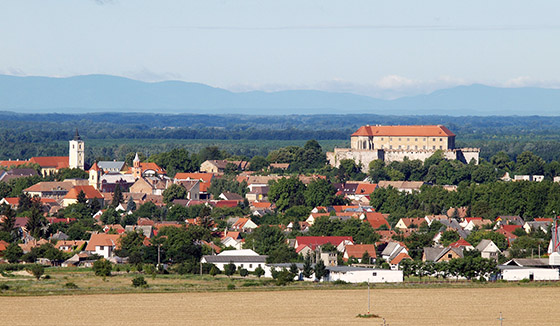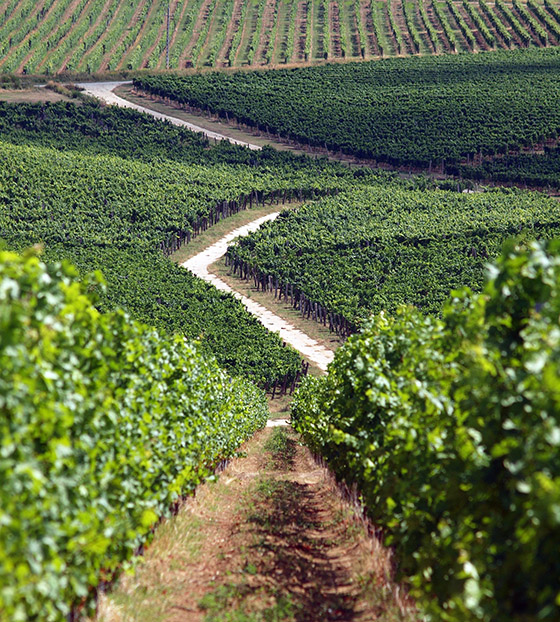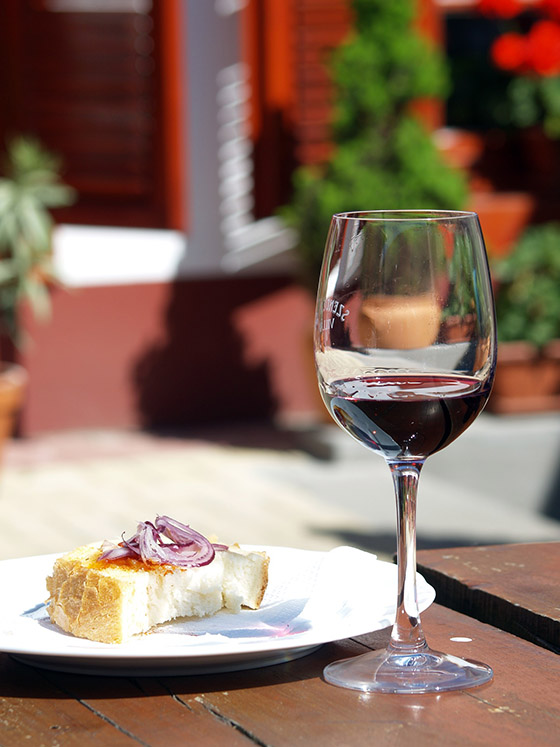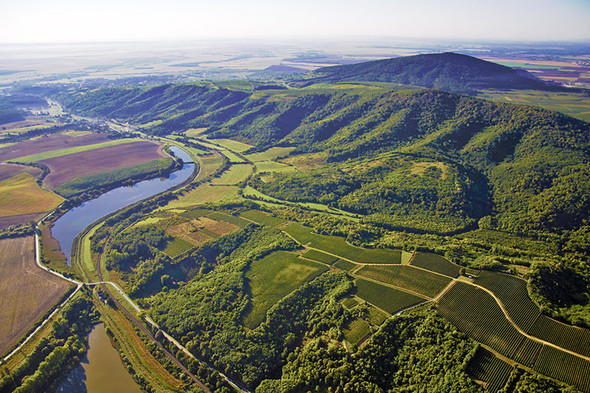Villány needs no introduction. There is nothing we could say that has not been told before. However, the truth is that the initial successes, the early reactions and the market-leading position together might mean that the new generations of wine consumers know nothing about this fantastic wine region and they may not even be interested. Villány, however, always comes up with something new, believe me.
“The first encounters death, the second need, only the third has bread” – the old Swabian saying reveals much about the German settlers’ way of thinking, who arrived in the Kingdom of Hungary in the first half of the 1700s. The settlers were industrious, working incessantly to rebuild the countryside devastated by the Ottoman rule and then Rákóczi’s War of Independence; they replanted the vines and created the image of Somogy, Tolna, and Baranya counties, the so-called Schwäbische Türkei for the next 230 years. We might not even be aware how evidently German these old villages are. If there are only two windows in the façade, the roof structure is higher and the house stretches backwards (often with a long covered porch way running alongside and a blind gate closing the veranda), there is only little decoration and bricks are often used; all these features mean that the Swabian – even though the country they felt home betrayed them (let’s not forget the concept of collective guilt and their resettlement) – still influence the countryside, its looks and maybe the everyday life of some villages.

Cabernet Franc á la Villány
How has Villány become the number one wine region of Hungary? (Well, at least concerning red wine.)The whole thing started with the Serbs, the first settlers after the end of the Ottoman rule. They brought with themselves the Balkan technology of red wine making, i.e. fermentation in open tubs and crushing. They played a crucial role in the wine region’s life for only a few decades but this was enough for the Germans arriving after (and slowly replacing) them to keep the technology and the Kadarka variety, i.e. the most important innovations and add their own strict working morale, purity, precision as well as Blauer Portugieser and Blaufränkish. This is how Villány was created and remained unchanged until the end of World War II. Obviously, the fact that the archduke’s estate lay there helped much and was partly the reason why Villány gave its name to the region and became its most prominent village. Mass production during the Socialism did not treat this region kindly, either and unfortunately, (most of the) Germans were resettled, but during the change of the regime it was the remaining Swabian who reacted the most quickly and took the opportunities realizing first (maybe instinctively) that the more they are, the easier their job is. This is how Villány has become the symbol of unity in the Hungarian winemaking community. Meanwhile, the variety structure has undergone a very significant change and production safety has gained ground, so the tarnished reputation of Villány red wine could be restored. This is how the image of the full-bodied Villányi wine was born that can be aged for a long period. Firstly, the wine was based upon the most significant French varieties of Bordeaux (Cabernet Sauvignon and Merlot), later Cabernet Franc shifted more to the fore. It was the variety much preferred by international press for years; small wonder that an international Cabernet Franc Conference is held regularly in the wine region, under the name of Franc&Franc.

Quo vadis Blauer Portugieser?
What happens now to the traditional Blauer Portugieser? Fortunately, the recent and compulsory name change (of the wine only) did not cause much damage. This is clearly reflected by the Portugieser du Monde, an international wine competition regularly organized in Pécs. This is the only international contest of the variety and this year the jury was composed of judges coming all the way from Japan, South Africa, Canada and China, as well. And once they arrived, the organizers led by Zoltán Győrffy took them to visit the cellars of Villány where not only Portugieser but also the increasingly popular Villányi Franc wines could be tasted. There are few wine regions in Hungary where international wine journalists can be taken without much ado, without frustrating them with the lack of infrastructure, the quality of accommodation or the gastronomy. On the other hand, Villány is what it is exactly because of what it offers; the only Hungarian wine region that could be – and is indeed – taught for students majoring in Wine Tourism. The main street of Villány is so unique that one can wonder around for days and taste wines always in different places, but there are high-quality restaurants and hotels, too. Those preferring peace and quiet must visit the renovated Vylyan terrace or the calm court of Jackfall, the restaurant of the most renowned Hungarian winemaker, József Bock or the wellness spa of the Crocus, Attila Gere’s hotel. In Villány everything revolves around wine, and everything is dedicated to wine and wine tourists in the most professional way possible.

Flóra Jekl - Il Primo 2009
A real big shot made from classic Bordeaux varieties. It is a deep and full-bodied wine having a lot of everything and this is exactly why its balance is perfect and most probably can be aged well for a long time. A wine as beautiful as its maker.
Bock - Magnifico 2008
One of the well-known Hungarian Merlot. This says it all. Bock wines are generally similar to their maker, József Bock. They accept any compromises, can age for longer periods and are robust. I also love their sense of humour, though this might require the consumption of more than one bottle …
Vylyan - Duennium 2011
The flagship wine of the cellar, the barrel selection made only from the best vintages. It stands for elegance, losing nothing of its depth and complexity. Quoting Béla Hamvas, this wine is “the death jump of atheism”.
Jackfall - Pillangó 2007
“Well-informed” English-speakers would pronounce it as if it was a real English word, but Jackfall is actually the Swabian name of Kisjakabfalva where the centre of the cellar is located, and the estate headquarters are the house where József Bock was born! This wine is the best pure Cabernet Sauvignon of the last decade made in this wine region!
VinArt - Cabernet Sauvignon Prémium 2012
If the above wine is the best Cabernet Sauvignon, this item is its challenger! It is a wine made by a truly great expert of Swabian origin known by the name of Csaba Koch, active in the Hajós-Baja Wine Region. He just had an idea and started making wine in Villány, too.
Photos by János Bencs






